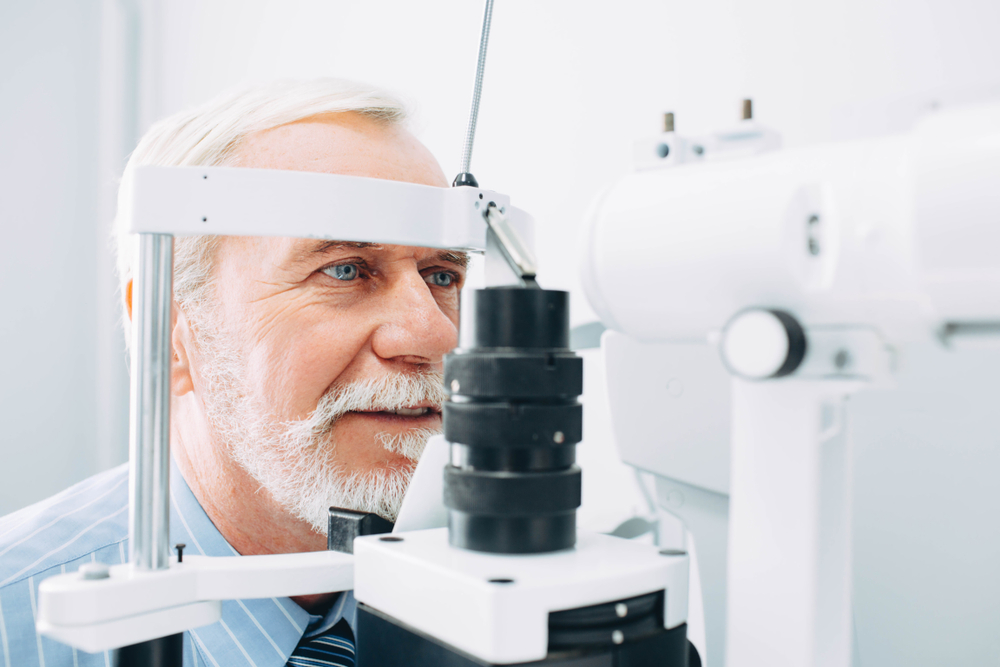
If you have diabetes, your health provider will recommend getting regular eye exams. Annual exams can protect your eyes from vision-threatening conditions. Uncontrolled diabetes can result in too much sugar in the bloodstream, which can damage blood vessels. Damage to the tiny vessels in the eyes can lead to diabetic retinopathy. It is a severe eye condition that can cause permanent vision loss.
Understanding Diabetic Retinopathy
Diabetic retinopathy affects almost 30% of individuals with diabetes. It is usually caused by uncontrolled blood sugar levels. The disease occurs when the ocular blood vessels leak fluid and blood into the retina. It causes damage and vision loss.
Retinopathy can also lead to diabetic macular edema (DME), which develops when the macular starts to swell. The macula in the middle of the retina is responsible for central and color vision. Swelling causes damage to the blood vessels, leading to leaking and vision loss.
Getting a Diabetic Eye Exam
Annual eye exams are crucial for detecting diabetic retinopathy. The exams help with early detection and increase the chance of optimal treatment. Monitoring eye health regularly allows doctors to detect ocular changes before they cause damage.
A diabetic eye exam is similar to a regular comprehensive eye exam. However, doctors specifically focus on the health of the retina and the condition of the ocular blood vessels.
A Dilated Eye Exam
Pupil dilation is a vital part of a diabetic eye exam. It allows eye doctors to get a clear view of the inner eye structures. They can examine the back of the eye, including the optic nerve, retina, and blood vessels.
Special eye drops help dilate the pupils. It takes about 30 minutes for the drops to work. The eye drops usually cause temporary blurry vision and light sensitivity, but the side effects subside in a few hours.
Additional Eye Tests
A diabetic eye exam often includes other tests. Fluorescein angiography helps detect damaged eye blood vessels. The test involves the use of a special dye injected into the arm. The dye travels through the bloodstream to the eyes. It highlights any damaged blood vessels.
Taking images of the damage helps with easy identification. Optical coherence tomography (OCT) is a test that creates images of the retina for clear viewing of the fine details. The imaging test helps detect the thickening or thinning of blood vessels, which indicates leaking fluid.
Scheduling Diabetic Eye Exams
Individuals diagnosed with type 1 diabetes should schedule eye exams within five years of developing the condition. Those with type 2 diabetes should schedule an exam immediately after diagnosis.
After the initial exam, the doctor may recommend annual exams to monitor the ocular condition. Expectant mothers with diabetes should get an eye exam within the first trimester and another one year after delivery.
If the doctor detects changes during an exam, you may require additional or more frequent exams. Early detection and prompt treatment can help protect your eye health and save your vision.
Treatment can also help reverse some changes in the retina. If you are diagnosed with diabetes, getting regular eye exams can help detect glaucoma. Diabetes can increase your risk of developing severe eye disease.
For more information on what a diabetic eye exam consists of, visit Clarity Vision in Suffolk, Virginia. Call (757) 638-2015 to book an appointment today.
















